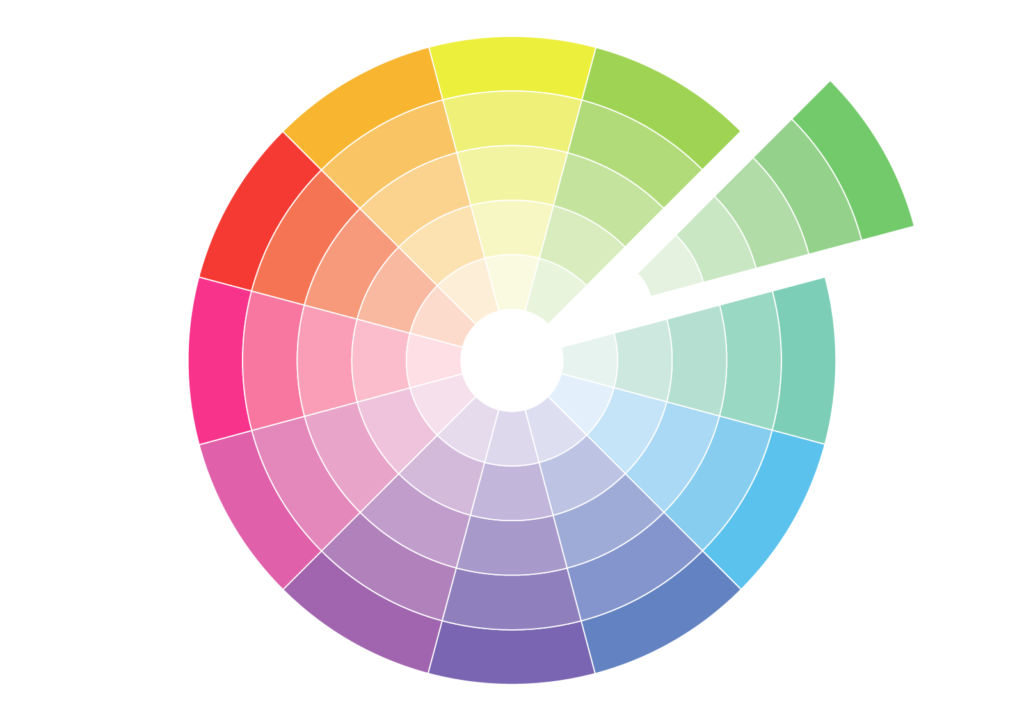
Minimalist portraits have gained significant popularity in recent years. These art forms focus on capturing the essence of a subject by stripping away unnecessary details and distractions. By employing simplicity, minimalism allows viewers to appreciate the true beauty and emotions of the subject. In this article, we will explore the key characteristics and elements that make minimalist portraits stand out.
Table of Contents
Understanding Minimalist Portraits
Minimalist portraits are a genre of art that aims to convey the subject’s essence through simplicity and minimalistic elements. These portraits often eliminate excessive background elements and focus on the subject’s essential features, expressions, and emotions. By using clean lines, negative space, and a limited color palette, minimalist portraits evoke a sense of calmness and visual impact.
Simplicity and Negative Space
One of the primary characteristics of minimalist portraits is simplicity. These portraits embrace the “less is more” philosophy, focusing on the subject without unnecessary clutter. By eliminating distractions, the viewer’s attention is directed toward the subject’s defining features and emotions. Negative space, or the empty areas around the subject, plays a crucial role in minimalist portraits, creating a sense of balance and emphasizing the subject’s presence.
Monochromatic Color Palette

Minimalist portraits often employ a monochromatic color palette, using shades of a single color or black and white. This limited color scheme enhances the overall simplicity and elegance of the composition. Monochromatic tones can evoke a timeless and classic feel, allowing the subject to take center stage without any visual distractions.
Focus on Essential Features
In minimalist portraits, the emphasis is placed on capturing the subject’s essential features. Whether it’s a person’s eyes, a distinctive facial expression, or a particular physical attribute, minimalist portraits strive to highlight what makes the subject unique. By distilling the image down to its core elements, the viewer can connect more deeply with the subject.
Clean and Uncluttered Backgrounds
To maintain simplicity and draw attention to the subject, minimalist portraits often feature clean and uncluttered backgrounds. A plain backdrop or a simple environment allows the subject to stand out and creates a sense of visual harmony. By removing distractions, the viewer’s focus remains on the subject’s form and emotions.
Importance of Composition
Composition plays a vital role in minimalist portraits. The strategic placement of the subject within the frame, along with the effective use of negative space, contributes to the overall visual impact. Minimalist portraits often adhere to the rule of thirds, balancing the subject and empty space in a way that is visually pleasing and harmonious.
Use of Natural Lighting
Minimalist portraits benefit greatly from natural lighting. Soft, diffused light can create gentle shadows and highlights that enhance the subject’s features and add depth to the composition. Natural light also helps maintain the overall simplicity and organic feel of the portrait.
Emphasis on Expressions and Emotions
Capturing genuine expressions and emotions is a key aspect of minimalist portraits. By removing distractions and focusing on the subject’s face and body language, these portraits can convey a powerful message or evoke an emotional response from the viewer. Minimalism allows for a more intimate and impactful portrayal of the subject’s inner world.
Incorporation of Minimalist Props
Minimalist portraits may occasionally incorporate minimalist props to enhance the narrative or add context to the composition. These props are carefully selected to complement the subject without overpowering the overall simplicity. A well-chosen prop can provide subtle symbolism or help tell a story within the frame.
Minimalist Portraits in Different Art Forms
These arts have found their place in various art forms, including photography, painting, and digital art. Each medium offers unique opportunities to explore the concept of minimalism and capture the essence of the subject in different ways. From black and white photography to bold and simplified brushstrokes, minimalist portraits continue to inspire artists across diverse disciplines.
How to Create Minimalist Portraits?
Creating minimalist portraits requires a thoughtful approach and attention to detail. Here are some steps to guide you:
- Select a subject: Choose a subject that has distinctive features or conveys strong emotions.
- Find the right setting: Opt for a clean and uncluttered environment that complements the subject.
- Consider lighting: Natural light is preferable, as it enhances simplicity and adds depth to the portrait.
- Simplify the composition: Eliminate unnecessary elements and focus on the subject’s essential features.
- Experiment with negative space: Use empty areas strategically to create balance and draw attention.
- Emphasize expressions: Capture genuine emotions and facial expressions to establish a connection with the viewer.
Choose a limited color palette: Consider using monochromatic tones or a restricted color range to enhance the minimalist effect.
Originally posted 2023-06-16 20:59:47.
Hello, I am a professional writer and blogger at Adclays.com. I love to explore the latest topics and write on those topics. I spend the maximum of my time on reading and writing interesting topics which provide valuable piece of information to my readers whether it comes to the latest fashion, technology, healthy lifestyle, business information, etc. Explore my writings by visiting the website.